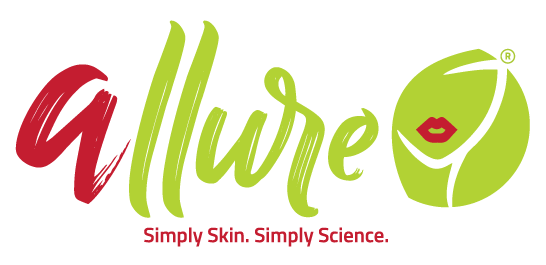Electrocautery and Cryotherapy
Electrocautery and Cryotherapy
Electrocautery and Cryotherapy
At Allure Skin Clinic Kenya, we specialize in advanced dermatological treatments such as electrocautery and cryotherapy to address a wide range of skin concerns and surgical needs.
Electrocautery:
Our electrocautery procedure utilizes high-temperature electric currents to heat a scalpel blade or wire. This technique is effective for:
- Blood Vessel Sealing: Minimizes bleeding during surgeries by sealing blood vessels with precision.
- Precision Cutting and Cauterizing: Combines accurate tissue cutting with cauterization to ensure a clean and efficient procedure.
- Infection Prevention: The heat from electrocautery helps to sterilize the surgical area, reducing the risk of infection.
Cryotherapy:
Cryotherapy at Allure Skin Clinic Kenya involves applying extreme cold to targeted areas for the treatment of:
- Abnormal Skin Cells: Effective for conditions like warts, precancerous lesions, and certain skin cancers.
- Pain and Inflammation: Reduces discomfort by inactivating irritated nerves and decreasing inflammation.
Why Choose Allure Skin Clinic Kenya for Electrocautery and Cryotherapy?
Allure Skin Clinic Kenya offers state-of-the-art electrocautery and cryotherapy treatments tailored to your unique skin care needs. Our expert team is dedicated to providing precise, effective solutions with minimal discomfort and optimal results. Discover the benefits of our advanced dermatological treatments and rejuvenate your skin with confidence.
Book your appointment here
